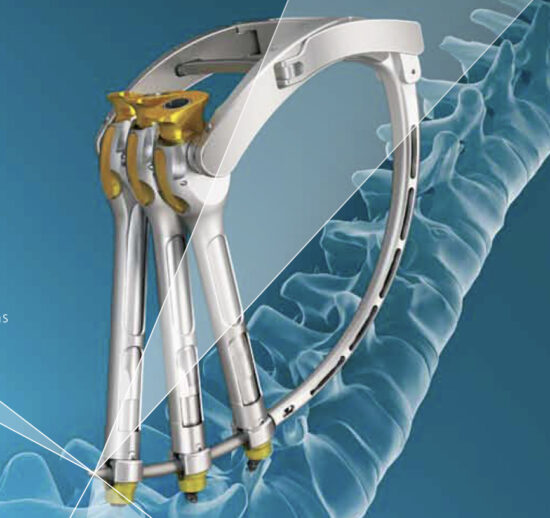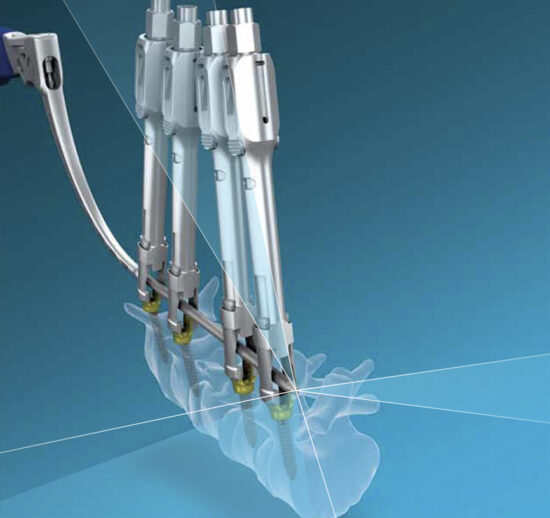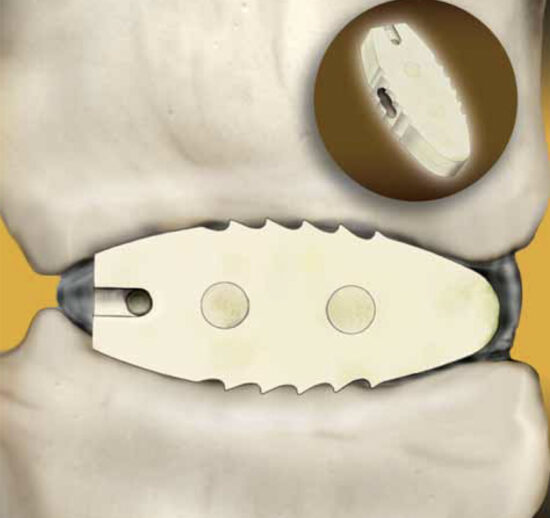A constrained system can be created by using fixed screws in both ends of the plate. This type of construct is designed to offer maximum stability at the graft receptor site. We have found the constrained properties of this construct to be beneficial in tumor, trauma and some degenerative applications.
A hybrid system can be obtained by using a combination of fixed and variable screws within the end holes of the plate. This type of construct is designed to allow flexibility for a patient’s aberrant anatomy or for sub-optimal screw positions or purchases. Consequently, the biomechanical stability of the implant can be optimized.
A non-constrained system can be achieved by using variable screws in both ends of the plate. This type of construct is designed to allow optimum physiologic loading of the pathology at the graft receptor site.




